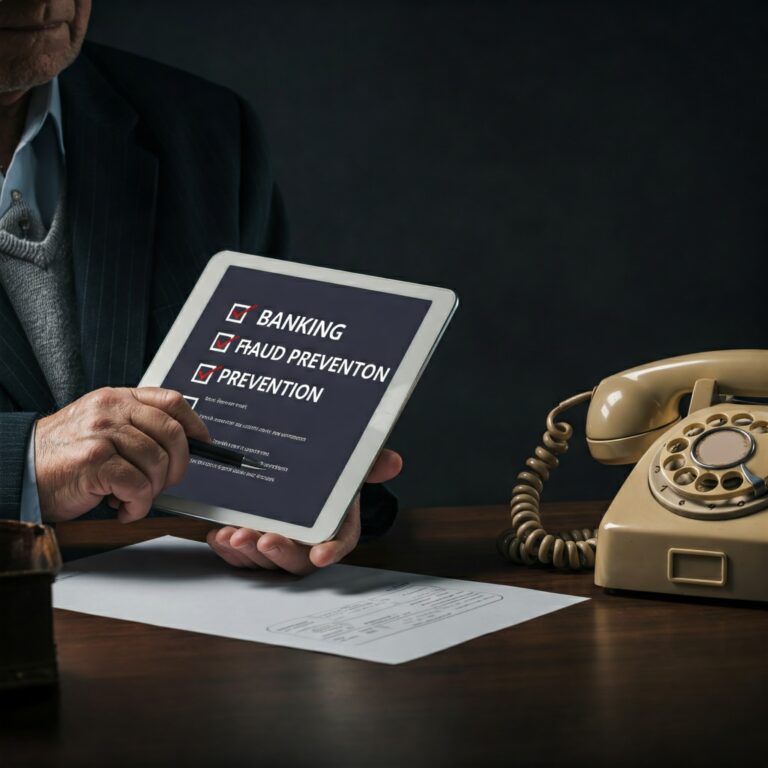Advanced Banking Security: Defend Against Evolving Fraud Tactics
In an increasingly digital world, the threat of banking fraud looms large, constantly evolving to exploit vulnerabilities in our…

In an increasingly digital world, the threat of banking fraud looms large, constantly evolving to exploit vulnerabilities in our…

If you’re self employed, you’re affluent, you’re married, you have direct clients, business partners or you’re just concerned that…